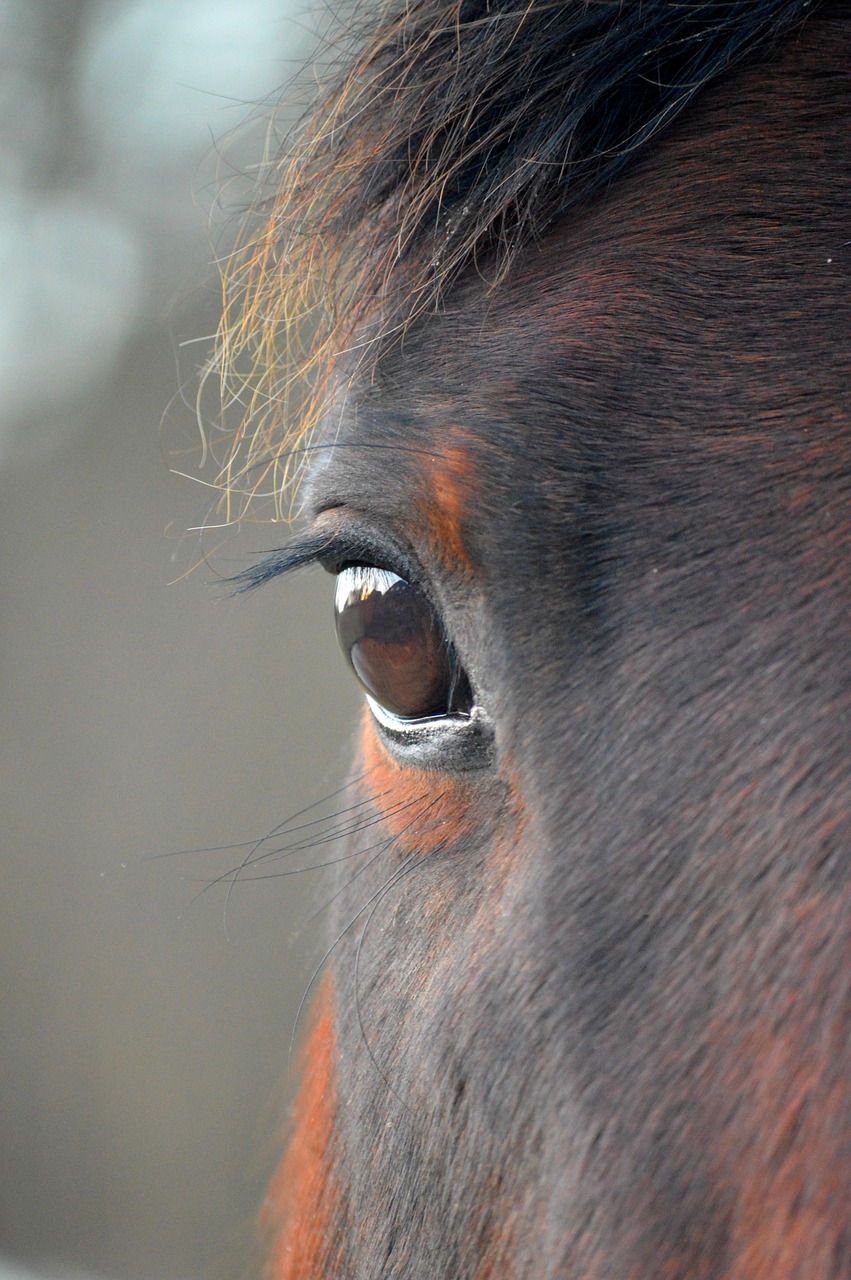Environmental Enrichment for Horses
- Suzy Maloney B.Eq.Sc.
- Jan 15, 2021
- 3 min read
Updated: Apr 6, 2024

When I was at university doing my Equine Science degree, I chose an elective called Captive Animal Behaviour. I had completed Equine Behaviour and Horse Training as part of my degree, and was fascinated by animal behaviour. Captive Animal Behaviour brought in a whole new field of information, as it focused on wild animals within a captive environment. The strongest component of the course was the topic of Environmental Enrichment. This dictates that the human handler of any animal is responsible not only for the physical needs of the animal; food, water, shelter etc., but also for the emotional and social needs of the animal. How this is achieved is to enrich the environment such that it resembles as closely as possible the natural environment. For wildlife parks and zoos this is a primary concern. Animals provided with an enriched environment are happier, healthier, live longer, breed more easily and are easier to handle. While this is recognised in the field of captive animals, it is often not addressed with domestic animals. Horses are kept in small stables and yards, without other horses and sometimes even without basic needs such as shelter. A horse’s environment needs to be interesting and varied and provide social interactions for them to thrive. Inside every domestic horse is the origional wild horse. Looking at environmental enrichment for horses is essential. The natural environment for horses is the open plain. They can roam up to 40km per day in search of food and water. Every day they move over varied terrain, rocky areas, hills, waterways. They live within a herd of other horses and have regular interactions with the other members. Social structure and friendships within a herd are extremely important. When horses want to lay down to sleep, others stand guard over them so they can relax and sleep safely. Horses are forever on the lookout for predators and the safety provided by a herd can never be replaced by a human. Our history with horses started with them being food, first we ate them. Then we discovered they could pull things for us and carry us on their backs. The use of horses enabled humans to expand their geographical horizons, go to war and embark on large scale agriculture. As the number of humans grew, we started living in cities, and horses were put in stables as there was no longer room for more natural environments. Somehow, we retained this idea even after it was no longer appropriate. In our contemporary world we have cars, tractors, etc. In most instances horses are now relegated to the position of leisure. They are kept for pleasure riding and competition. To have happy, thriving horses we need to try and provide an environment that resembles a natural horse environment as much as possible. As an absolute baseline they need pasture to eat, water, room to roam and run, a herd (or at least 1 other horse), varied terrain and adequate shelter to seek refuge under during storms and hot summers. These seem simple things, but there are quite a lot of horses in the domestic environment who don't have these. If it is not possible to provide any of these basics due to your circumstances, perhaps a compromise of some sort could be found? Or maybe get creative and see how interesting and amazing you can make your horses environment, have fun with it. All animals in our care have fundamental needs for their species. As their custodians we have an obligation to provide for these needs. By ensuring we provide an environment suitable for each species we not only improve their health and happiness, but also the amount of work we need to do for their care is reduced, a win for everyone.
Suzy Maloney B.Eq.Sc.
Happy Horses Bitless
Considerate Horsemanship
Ph: 0401 249 263
Email: suzy@happyhorsesbitless.com
Facebook: Happy Horses Bitless Bridles



Comments